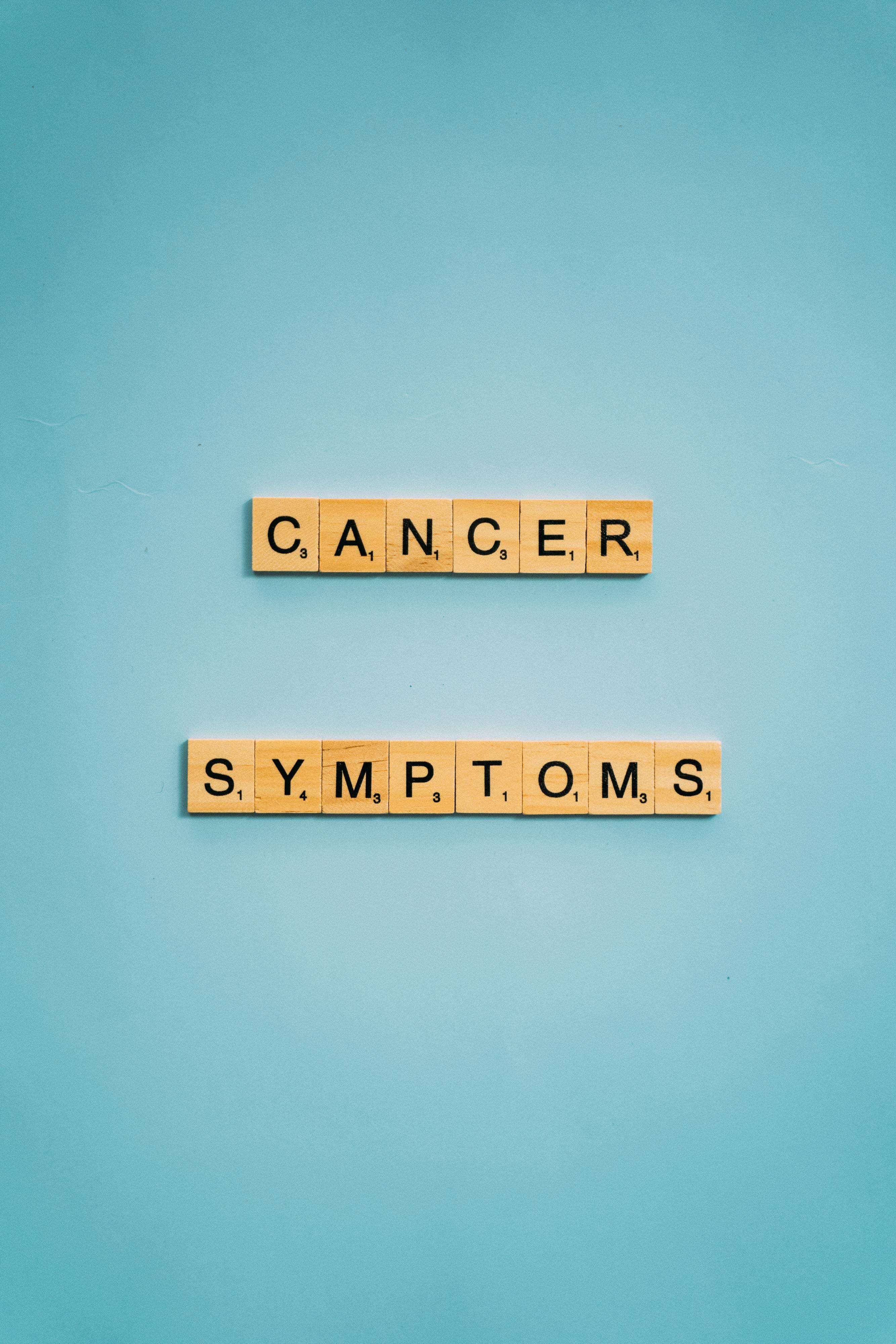
Lung Cancer
26 Sep, 2024
 Healthtrip
HealthtripLung cancer remains a leading cause of cancer-related deaths globally, with a substantial impact on public health. This complex disease encompasses various subtypes, each characterized by distinct genetic and molecular profiles. The primary risk factors include exposure to carcinogens such as tobacco smoke, asbestos, and radon. Early detection and timely intervention are crucial for improving patient outcomes. This comprehensive overview explores the intricacies of lung cancer, including its etiology, clinical manifestations, diagnostic approaches, treatment modalities, and recent scientific advancements.
Types of Lung Cancer
Lung cancer is broadly categorized into two main types: non-small cell lung cancer (NSCLC) and small cell lung cancer (SCLC). NSCLC accounts for approximately 85% of all lung cancer cases and is further subdivided based on histological features and growth patterns. These subtypes include adenocarcinoma, squamous cell carcinoma, and large cell carcinoma. SCLC, while less common, is characterized by its aggressive nature and rapid metastasis. The specific classification of lung cancer significantly influences treatment strategies and prognosis.
Most popular procedures in India
Non-Small Cell Lung Cancer (NSCLC)
NSCLC, the predominant form of lung cancer, typically exhibits a slower growth rate compared to SCLC. Treatment modalities for NSCLC often include surgical intervention, radiation therapy, and systemic treatments. Adenocarcinoma, the most prevalent NSCLC subtype, frequently originates in the lung periphery. Squamous cell carcinoma commonly develops in the central airways, while large cell carcinoma is characterized by its undifferentiated cellular morphology.
Small Cell Lung Cancer (SCLC)
SCLC is an aggressive malignancy known for its rapid proliferation and early dissemination. Often diagnosed at advanced stages, SCLC presents significant therapeutic challenges. The primary treatment approach for SCLC typically involves a combination of chemotherapy and radiation therapy, with surgical intervention considered in select cases. Due to its aggressive biological behavior, SCLC generally carries a less favorable prognosis compared to NSCLC.
Wellness Treatments
Give yourself the time to relax
Lowest Prices Guaranteed!

Lowest Prices Guaranteed!
Etiology of Lung Cancer
Tobacco smoking remains the predominant risk factor for lung cancer development. Cigarette smoke contains a myriad of carcinogenic compounds that induce DNA damage and promote oncogenesis. Additional risk factors include exposure to secondhand smoke, environmental pollutants such as radon and asbestos, and chronic air pollution. Genetic predisposition, family history of lung cancer, and pre-existing lung conditions like chronic obstructive pulmonary disease (COPD) may also elevate an individual's susceptibility to lung cancer.
Tobacco Use
Smoking is the most preventable cause of lung cancer, with risk directly correlating to the duration and intensity of tobacco use. Smoking cessation at any stage significantly reduces lung cancer risk and can improve prognosis even after diagnosis. The benefits of quitting extend beyond lung cancer prevention, positively impacting overall health and quality of life.
Environmental Carcinogen Exposure
Exposure to environmental carcinogens plays a crucial role in lung cancer etiology. Radon, a naturally occurring radioactive gas, can accumulate in buildings and increase lung cancer risk. Occupational exposure to asbestos, particularly in construction and manufacturing industries, has been strongly linked to lung cancer development. Urban air pollution, containing particulate matter and various chemical compounds, contributes to the overall burden of lung cancer, especially in densely populated areas.
Clinical Manifestations of Lung Cancer
Early-stage lung cancer often remains asymptomatic, complicating early detection efforts. As the disease progresses, patients may experience a range of symptoms resulting from local tumor growth and systemic effects. Common manifestations include persistent cough, hemoptysis, chest discomfort, dyspnea, wheezing, hoarseness, unexplained weight loss, and fatigue. Prompt medical evaluation is essential for individuals experiencing these symptoms, particularly if they persist or worsen over time.
Early-Stage Symptoms
Initial symptoms of lung cancer can be subtle and nonspecific, often mimicking benign respiratory conditions. A persistent cough, particularly if accompanied by blood-tinged sputum, and progressive shortness of breath are potential early warning signs. Recognizing these symptoms and seeking timely medical attention can facilitate earlier diagnosis and intervention.
Advanced-Stage Manifestations
As lung cancer progresses, symptoms typically become more pronounced and debilitating. Advanced-stage manifestations may include severe chest pain, marked respiratory distress, significant weight loss, and profound fatigue. These symptoms can significantly impact a patient's quality of life and often necessitate urgent medical intervention and supportive care measures.
Diagnostic Approaches for Lung Cancer
The diagnostic workup for lung cancer involves a multifaceted approach, incorporating clinical history, physical examination, imaging studies, and tissue biopsy. A comprehensive medical history assessment focuses on identifying risk factors and evaluating the nature and duration of symptoms. Physical examination may reveal respiratory abnormalities or signs of systemic disease. Imaging modalities, including chest radiography, computed tomography (CT), and positron emission tomography (PET), play a crucial role in detecting and characterizing lung lesions. Definitive diagnosis relies on histopathological examination of tissue samples obtained through biopsy procedures.
Advanced Imaging Techniques
Modern imaging technologies are instrumental in lung cancer diagnosis and staging. High-resolution CT scans provide detailed anatomical information, enabling the detection of small lung nodules and assessment of local tumor extent. PET-CT imaging combines functional and anatomical data, facilitating the identification of metabolically active tumors and potential metastatic sites. These advanced imaging modalities guide treatment planning and help monitor therapeutic response.
Tissue Biopsy and Molecular Profiling
Tissue biopsy remains the gold standard for confirming lung cancer diagnosis and determining its histological subtype. Various biopsy techniques, including fine-needle aspiration, core needle biopsy, and bronchoscopic procedures, may be employed based on tumor location and patient factors. Additionally, molecular profiling of tumor tissue has become increasingly important in guiding personalized treatment strategies, particularly for NSCLC. Genetic and molecular analyses can identify specific driver mutations amenable to targeted therapies, enhancing treatment efficacy and patient outcomes.
Therapeutic Strategies for Lung Cancer
The management of lung cancer is multidisciplinary, tailored to disease stage, cancer subtype, molecular profile, and patient factors. Treatment objectives encompass curative intent, disease control, symptom palliation, and quality of life preservation. Therapeutic modalities include surgical resection, radiation therapy, systemic treatments (chemotherapy, targeted therapy, and immunotherapy), and supportive care measures.
Surgical Interventions
Surgical resection remains a cornerstone of treatment for early-stage NSCLC. The extent of surgery, ranging from wedge resection to pneumonectomy, depends on tumor size, location, and patient's pulmonary reserve. Minimally invasive techniques, such as video-assisted thoracoscopic surgery (VATS) and robotic-assisted thoracic surgery, have gained prominence, offering reduced postoperative morbidity and faster recovery. However, surgical options may be limited in advanced-stage disease or patients with poor performance status.
Radiation Therapy Modalities
Radiation therapy plays a vital role in lung cancer management, utilized in both curative and palliative settings. External beam radiation therapy delivers precisely targeted radiation to tumor sites, while stereotactic body radiation therapy (SBRT) enables high-dose treatment of small, localized tumors. Radiation therapy can be employed as primary treatment, adjuvant therapy following surgery, or in combination with systemic treatments. Technological advancements in radiation delivery systems have improved treatment precision and reduced toxicity to surrounding healthy tissues.
Systemic Therapies
Systemic treatments form an integral component of lung cancer management, particularly for advanced-stage disease. Traditional cytotoxic chemotherapy remains a mainstay of treatment, often combined with other modalities. The advent of targeted therapies has revolutionized the treatment landscape for NSCLC harboring specific genetic alterations. Epidermal growth factor receptor (EGFR) tyrosine kinase inhibitors, anaplastic lymphoma kinase (ALK) inhibitors, and other molecularly targeted agents have demonstrated superior efficacy and tolerability compared to conventional chemotherapy in selected patient populations.
Immunotherapy Approaches
Immunotherapy has emerged as a paradigm-shifting treatment modality in lung cancer. Immune checkpoint inhibitors, targeting programmed cell death protein 1 (PD-1) and its ligand (PD-L1), have shown remarkable efficacy in both NSCLC and SCLC. These agents work by reinvigorating the body's immune response against cancer cells. Immunotherapy has demonstrated durable responses and improved survival in a subset of patients, particularly those with high PD-L1 expression. Ongoing research focuses on optimizing immunotherapy strategies, including combination approaches and biomarker-guided patient selection.
Recent Advances in Lung Cancer Research
The field of lung cancer research has witnessed significant progress in recent years, leading to improved diagnostic capabilities, novel therapeutic targets, and innovative treatment strategies. Ongoing investigations focus on refining personalized medicine approaches, enhancing early detection methods, and developing more effective and less toxic therapies. Advances in molecular profiling, liquid biopsy technologies, and artificial intelligence-driven diagnostic tools hold promise for revolutionizing lung cancer management.
Precision Oncology Paradigms
Precision oncology aims to tailor treatment strategies based on individual patient and tumor characteristics. In lung cancer, this approach involves comprehensive genomic profiling to identify actionable mutations and guide targeted therapy selection. The integration of multi-omics data, including genomics, transcriptomics, and proteomics, provides a more comprehensive understanding of tumor biology. This knowledge informs treatment decisions, enables the development of novel targeted agents, and facilitates the identification of predictive biomarkers for treatment response.
Early Detection and Screening Initiatives
Early detection remains crucial for improving lung cancer outcomes. Low-dose CT screening programs have demonstrated efficacy in reducing lung cancer mortality among high-risk individuals. Ongoing research focuses on refining screening criteria, optimizing imaging protocols, and developing complementary biomarker-based screening approaches. Emerging technologies, such as breath analysis and circulating tumor DNA detection, show promise as non-invasive screening and early detection tools. These advancements have the potential to significantly impact lung cancer detection rates and improve overall survival.
Conclusion
Lung cancer continues to pose significant challenges in oncology, necessitating ongoing research and clinical innovation. Recent advancements in molecular diagnostics, targeted therapies, and immunotherapies have expanded the therapeutic armamentarium and improved patient outcomes. A comprehensive understanding of lung cancer biology, risk factors, and treatment modalities is essential for optimal patient care. Continued scientific inquiry, technological innovation, and collaborative efforts are vital to further enhance lung cancer prevention, early detection, and treatment strategies, ultimately reducing the global burden of this devastating disease.
Most popular wellness packages
Related Blogs

Complete Cost Breakdown of Eye Surgery with Healthtrip
Learn about doctors, hospitals, procedures, and recovery for eye surgery

How to Prepare for Your Eye Surgery in India
Learn about doctors, hospitals, procedures, and recovery for eye surgery

Side Effects and Risk Management of Eye Surgery
Learn about doctors, hospitals, procedures, and recovery for eye surgery

Follow-Up Care for Eye Surgery Patients with Healthtrip Assistance
Learn about doctors, hospitals, procedures, and recovery for eye surgery

Best Hospital Infrastructure for Eye Surgery
Learn about doctors, hospitals, procedures, and recovery for eye surgery

What to Expect During a Eye Surgery Consultation
Learn about doctors, hospitals, procedures, and recovery for eye surgery










